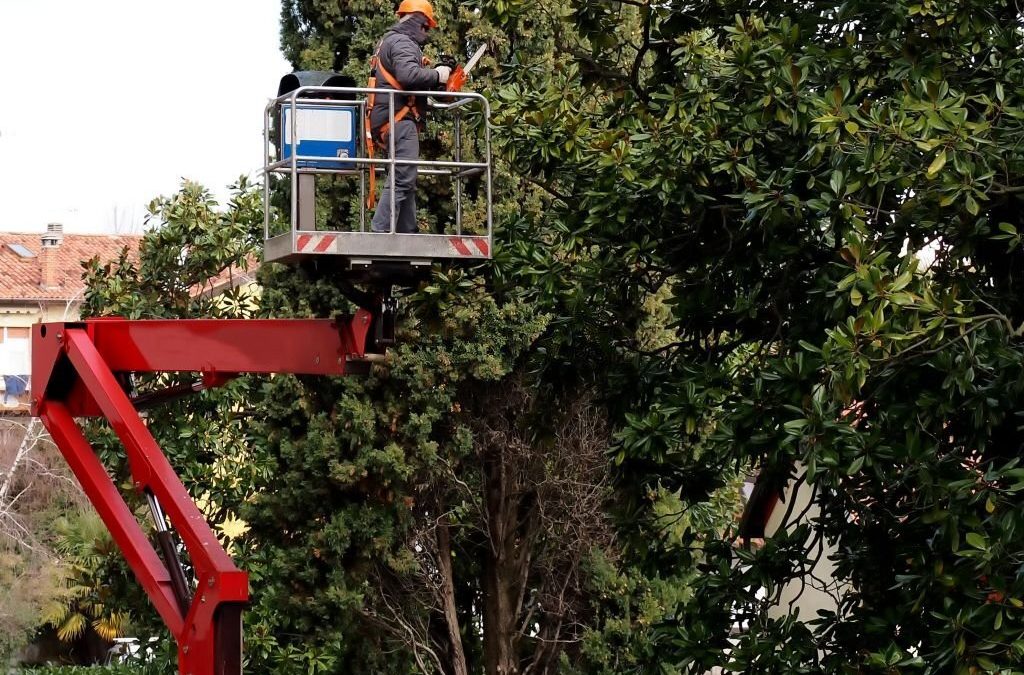Proper tree care and maintenance are among the best ways to prevent trees from becoming infested with pests. Proper tree care begins with planting the right tree in the right place. Planting a tree in an area that is too wet, sunny, or shady can lead to increased pest problems due to the stress placed on it. When planting, selecting a healthy, disease-free tree is also essential, as this will help reduce pest problems later. Proper pruning and trimming of trees can also help reduce pest infestations; dead or broken branches should be removed as soon as possible to prevent insects from using them for harborage and breeding sites. Regularly checking a tree’s leaves, twigs, and bark for signs of insect activity can help catch infestations early and allow for prompt treatment before they become more severe.
Using insecticides and other chemical treatments is one way to control existing pest populations. However, these treatments should only be used when necessary and applied according to label directions to minimize potential risks associated with improper application. Biological control measures are another option; introducing natural predators such as birds or spiders into the environment can help keep pest populations down without relying on chemicals. In addition, providing trees with proper nutrition through fertilization can help them stay healthy and better resist attacks from pests. When selecting a fertilizer product, it is essential to choose one that contains nutrients specifically tailored to the needs of your particular tree species. Trees have different nutrient requirements, so one-size-fits-all fertilizers are only sometimes practical.
Finally, increasing biodiversity around trees can also reduce pest problems. Creating diverse habitats for different plants will provide food sources for beneficial organisms such as predatory insects, which can act as natural controls against pests attacking your trees. Allowing some organic debris (such as fallen leaves) to remain near or around your trees further increases biodiversity. It provides sheltering sites where beneficial organisms may live while helping break down organic matter into nutrients which can be taken up by your tree’s roots later on.
In conclusion, proper prevention is critical to keeping your trees healthy and safe from pests. Good cultural practices, such as planting in the right location and providing appropriate nutrition, are essential for preventing future pest issues. At the same time, regular monitoring for signs of insect activity will allow you to catch any existing problems early before they become too severe. Chemical treatments may sometimes be necessary but should always be used judiciously, while biological controls offer an alternative way of controlling pests without relying on chemicals whenever possible. Finally, increasing biodiversity around your trees through various means helps create an environment that supports beneficial organisms, which then act as natural controls against many common pests.

